It’s no secret that computers are becoming more and more important in the amateur radio hobby. Digital modes such as JT65 and FT8 are allowing people to connect much further than before, and logging QSOs is pretty much all done through a piece of software nowadays. In order to provide these conveniences to our members, ARK also need to have computers available in the radio shack.
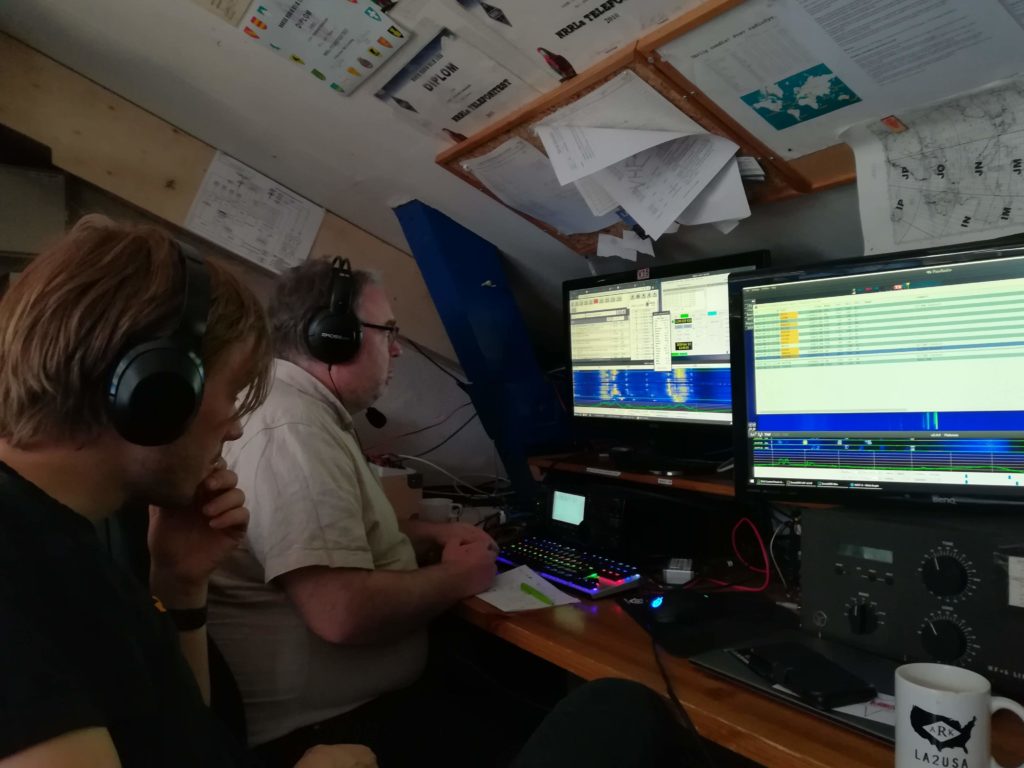
Generally we have been lucky enough to receive semi-old, but still usable computers to use in our radio shack. This has generally worked fine as our requirements have been low, but more and more advanced digital modes, in addition to the operating software for our Flexradio-software, has been putting some pressure on our computers during the last couple of years. Lately, a series of hardware failures has rendered the shack completely unavailable, which is rather unfortunate since we primarily serve as a radio club.
For this reason, we decided to purchase brand new shack computers, mainly to avoid hardware faults and odd bugs that might occur when pairing new software with aging hardware. Last week, after agreeing on the price point, we ordered new parts and put together three new computers to assist us in using our radio applications.
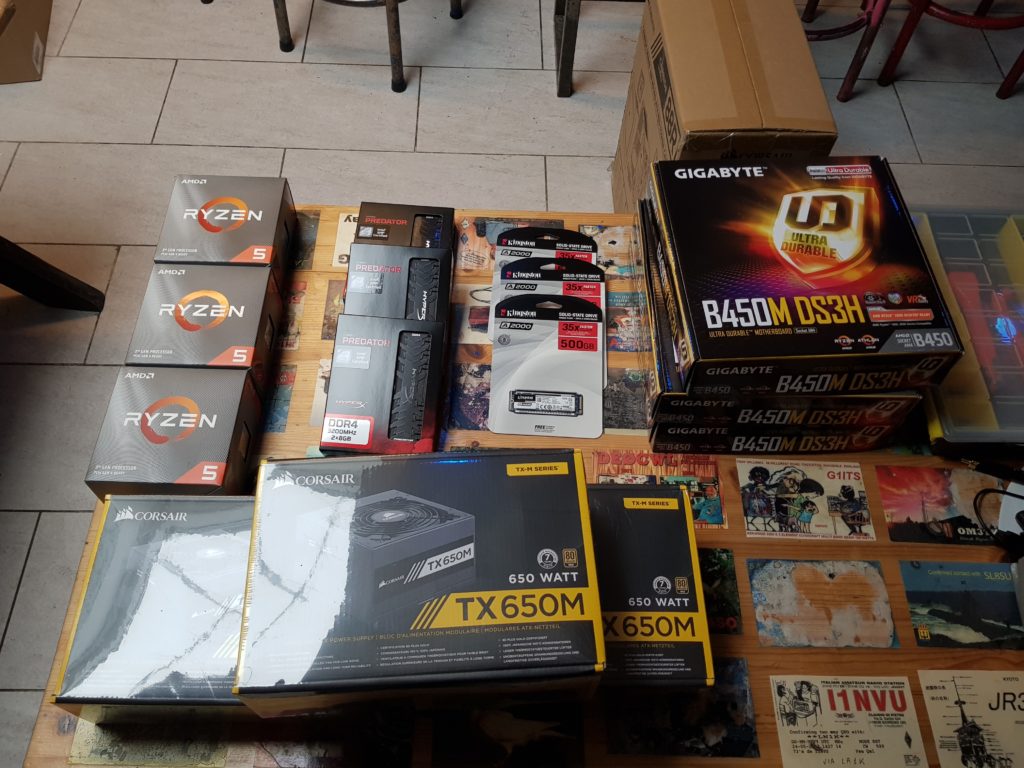
Before ordering parts, we set up some minimal requirements for our new workstations. We decided that we would build the computers ourselves, as that would give us the best bang/buck-ratio in comparison to pre-assembled computers.
The specs we finally landed on included a Ryzen 5 3600 6-core processor, 16GB RAM and 500GB of NVMe storage. We managed to keep the size of the computers as small as possible by going with an mATX-case. This can enable us to bring our computers along with us on Field Day. For graphics we used some donated graphics cards to serve our simple needs. These specs, along with a high quality power supply and a decent motherboard, means we will probably keep these for a while.
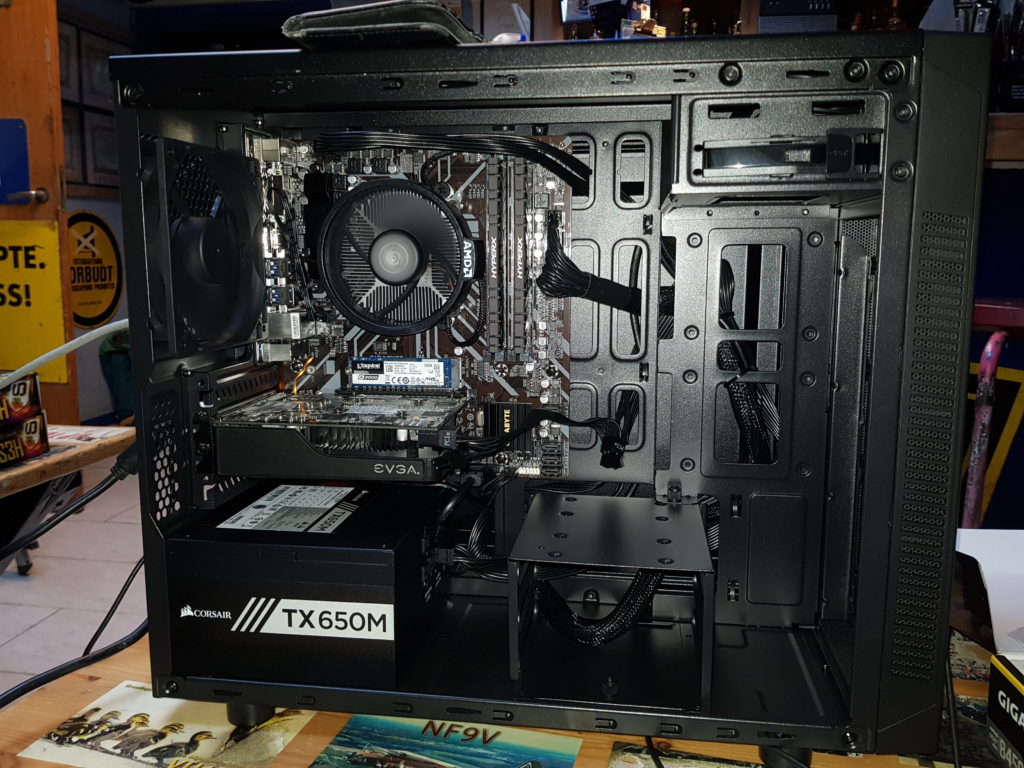
For the operating system we decided that all the machines would be running Windows 10, with some dual-booting with Ubuntu as our preferred Linux-flavour. Most of our club members are already familiar with the former, and since our logging software currently only runs on Windows, we thought it would wise to include this as an option on all of the shack computers. Ubuntu is easily available for our more advanced users, meaning both user groups can coexist using the same hardware. OS Zen!
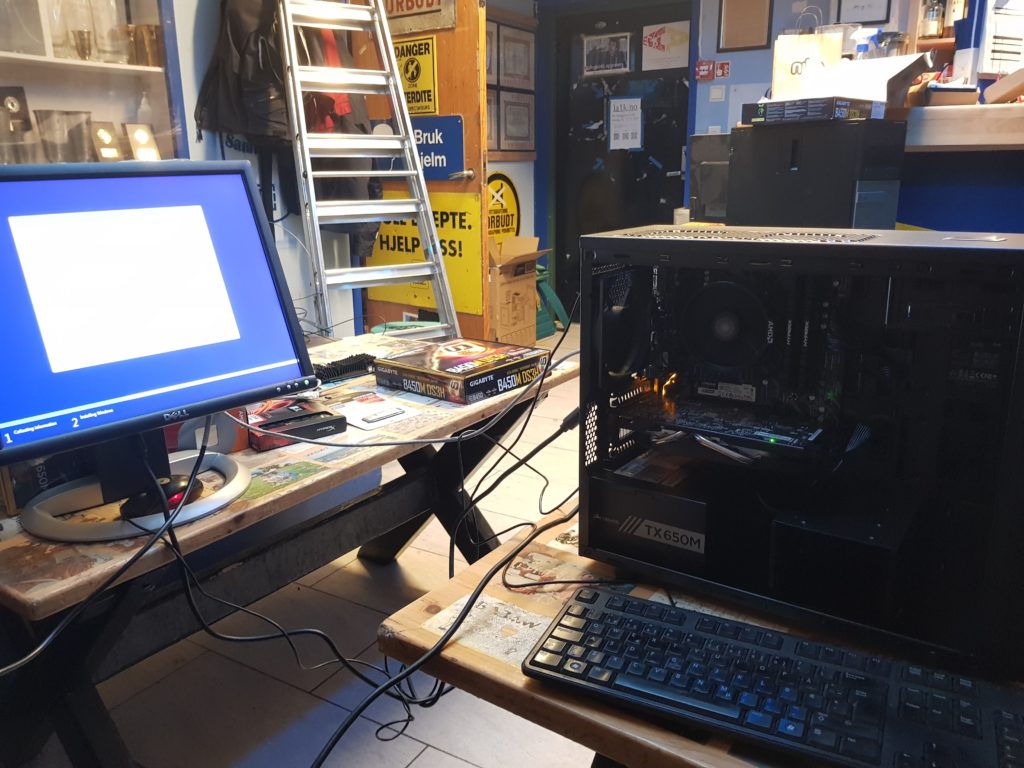
We decided to go with hardware that had additional I/O, expansion ports and the space to accommodate upgrades later down the line. Example of such an feature is the addition of a COM-port header, which gives the option of a “native” COM-port inside the computer. Another scenario would be the need for additional network interfaces, which we can easily add by inserting a network card in one of the expansion ports. Since we have gone for normal computer case, finding expansion cards should be easy.
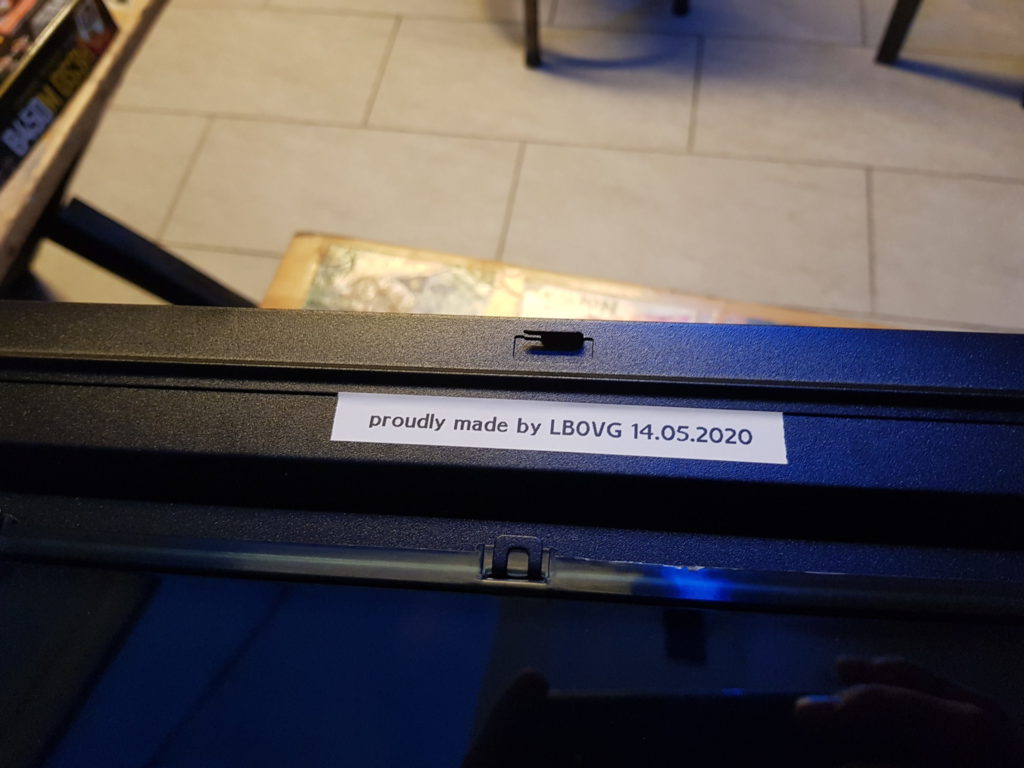
We sincerely hope these upgrades will make the radio shack more enjoyable for our members, and that we will have a trouble-free radio experience the upcoming contests.
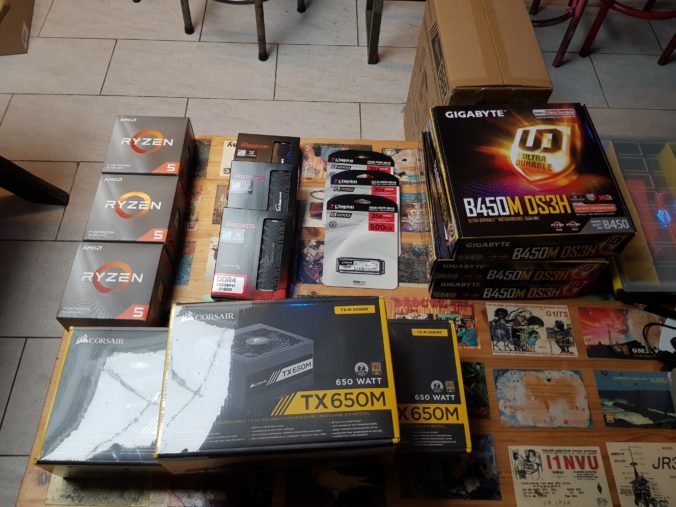

Leave a Reply